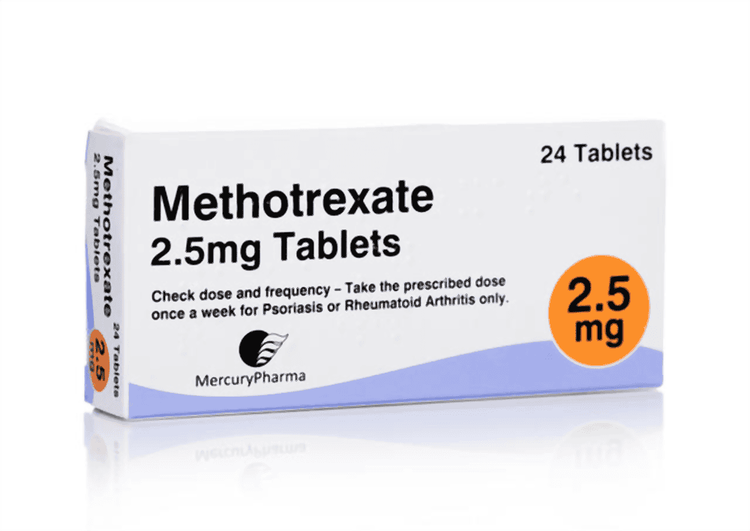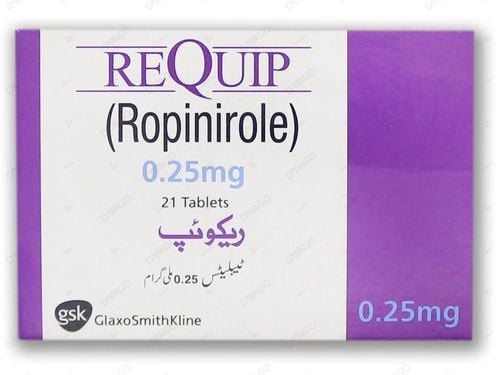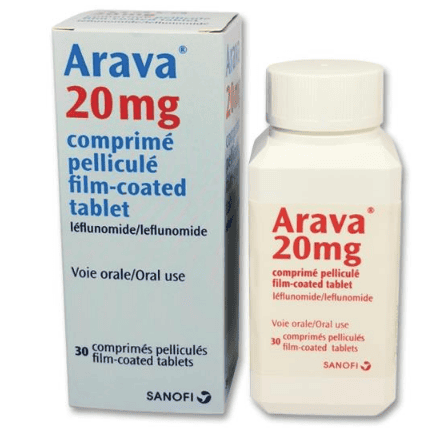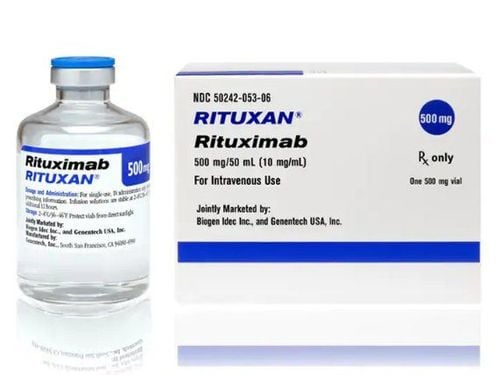This is an automatically translated article.
Currently, the cause and mechanism of rheumatoid arthritis have not been clearly proven, so there is currently no cure for this disease. Current treatments are only effective in alleviating symptoms, slowing disease progression, preventing complications, and improving the quality of life of patients with rheumatoid arthritis.
1. Is rheumatoid arthritis curable?
Up to the present time, there is no method that can completely cure rheumatoid arthritis. Specific treatments are still being researched and developed. The main treatment goals for people with rheumatoid arthritis are to relieve symptoms, slow the progression of the disease, and prevent possible complications. Recently, targeted therapies are initially proving effective, opening a new opportunity for many patients but requiring quite expensive costs. The lack of understanding about the causes of the disease is the biggest obstacle in finding a specific treatment regimen that is highly effective.
Concern about curable rheumatoid arthritis should not be adjusted to how to detect the disease in its early stages. The current best practice is to identify individuals at high risk for the disease, and to develop safe and highly effective prevention strategies before clinical symptoms appear. Diagnosis and treatment of rheumatoid arthritis should be done as soon as possible to minimize the risk of joint destruction and other complications that the disease can cause. There are now many drugs that work to stop rheumatoid arthritis from getting worse and reduce the risk of distant complications.
2. Slow-acting anti-rheumatic drugs

Thuốc methotrexate dạng nước thuộc nhóm thuốc chống thấp khớp tác dụng chậm
Disease-modifying anti-rheumatic drugs (DMARDs) are one of the two main drugs in the treatment of disease, along with biological drugs. Drugs belonging to the DMARDs class have the ability to relieve symptoms and slow the progression of the disease. The drug's mechanism of action is to inhibit the effects of chemical mediators released when the immune system attacks the joints in the body. Some commonly used DMARDs in clinical practice are methotrexate, sulfasalazine, hydroxychloroquine, and leflunomide. It takes many months for DMARDs to start working, so patients need to be persistent in using them according to their doctor's instructions even though they haven't seen the drug work. You may have to try 2 or 3 different DMARDs before finding the one that works best for you. Methotrexate is the first-line drug of choice in rheumatoid arthritis, which can be used in combination with other DMARDs and corticosteroids for a short time to relieve pain. However, methotrexate itself has many undesirable effects such as headache, diarrhea, decreased appetite, hair loss, mouth ulcers, fatigue. In addition, although the rate is not high, the drug can still affect other organs in the body such as the hematopoietic system, liver, and lungs. Blood count test and chest X-ray film should be ordered to monitor and detect complications in a timely manner.
3. Biologic drugs
Biologics are a new treatment for rheumatoid arthritis, including etanercept and infliximab. These biologic agents are often indicated in combination with methotrexate or other DMARDs, and are more effective than DMARDs alone.
Biologic drugs are given by injection, preventing chemicals that activate the immune system from attacking the joints in the body. Adverse effects of this class of drugs are usually mild and include skin irritation at the injection site, infection, fatigue, increased body temperature, and headache.
4. JAK . Inhibitors

Thuốc methotrexate dùng kết hợp với thuốc ức chế JAK
JAK inhibitors are a new class of drugs applied to patients with severe rheumatoid arthritis, including tofacitinib and baricitinib. The drug is indicated when the patient has contraindications to DMARDs and biologics or is ineffective. This medication is taken orally one to two tablets a day, in combination with methotrexate.
5. Group of pain relievers
In addition to the drugs that slow down the progression of the disease mentioned above, rheumatoid arthritis patients need to be treated to relieve pain.
In many cases, patients are advised to use common pain relievers such as acetaminophen, acetaminophen in combination with codeine. Conventional pain relievers do not work to reduce inflammation in the joints, and are recommended during exacerbations or during the waiting period before seeing a specialist.
Non-steroidal anti-inflammatory drugs (NSAIDs) are also used to relieve pain in rheumatoid arthritis. The specialist will select specific drugs from the NSAID class for each patient and advise on the benefits and risks for the patient. Using NSAIDs can increase your risk of stomach-related problems such as stomach bleeding, because they disrupt the protective membrane lining the inside of the stomach lining. Steroids are another group of drugs that have strong pain-relieving and anti-inflammatory effects. The drug can be administered in a variety of ways, such as orally, intramuscularly, or directly into damaged joints. Steroids are usually only used for a short period of time to limit potentially serious side effects such as weight gain, osteoporosis, muscle weakness, and thinning of the skin.
6. Supportive treatments

Tập vật lý trị liệu hỗ trợ điều trị
Treatment of rheumatoid arthritis is a long process that requires the coordination of many different specialties. To support the treatment of symptoms of the disease, the doctor may prescribe a number of other supportive treatments. Specifically as follows:
Physical therapy
Physical therapy can help patients increase muscle strength and make joints more flexible. Exercises at the wrist, hand with a technician at home help maintain the normal functioning of the joints. Some methods of pain relief with heat, ice or electrical nerve stimulation in the skin are also applied in combination with the use of drugs.
Occupational therapy
When rheumatoid arthritis causes a lot of trouble in daily activities as well as at work, the patient needs occupational therapy. Experts in the field will provide advice and exercises to help protect joints during daily activities and while working, such as corkscrew exercises or wearing a splint on the hand ...
7. Surgery

Phẫu thuật hội chứng ống cổ tay,
In some cases, joints in the body are still damaged despite treatment with drugs. These patients require surgical intervention to preserve function of the joints. In addition, surgery is indicated to relieve pain and correct joint deformities. Some of the different types of surgery used in the treatment of rheumatoid arthritis are:
Surgery at the wrist, hand and fingers to treat carpal tunnel syndrome, releasing tendons and inflammatory tissues around the knuckles. Arthroscopy is a procedure to remove inflammatory tissue in larger joints. A specialized endoscope with a camera attached is inserted into the joint through a small skin incision in the affected joint. Patients are usually able to go home the same day without being hospitalized after the procedure. Joint replacement surgery: This is a large and complex surgery, usually performed to replace part or all of the joints in the hip, knee and shoulder joints. New-generation artificial joints have an average lifespan of 10 to 20 years, but some movements may not be possible after joint replacement surgery. Although there is no cure, current treatment methods can reduce the risk of disease complications, improve health as well as quality of life for patients.
Vinmec International General Hospital is a general hospital with the function of examining and treating autoimmune, musculoskeletal, genetic diseases... At Vinmec, we also diagnose and treat diseases with Modern medical methods not only bring high efficiency but also minimize the recurrence of complications. The great success is because Vinmec is always fully equipped with modern facilities, examination and treatment procedures are carried out by a team of experienced and qualified doctors that will bring about treatment results. optimal for customers.
To register for medical examination and treatment at Vinmec International General Hospital, you can contact Vinmec Health System nationwide, or register online HERE.













